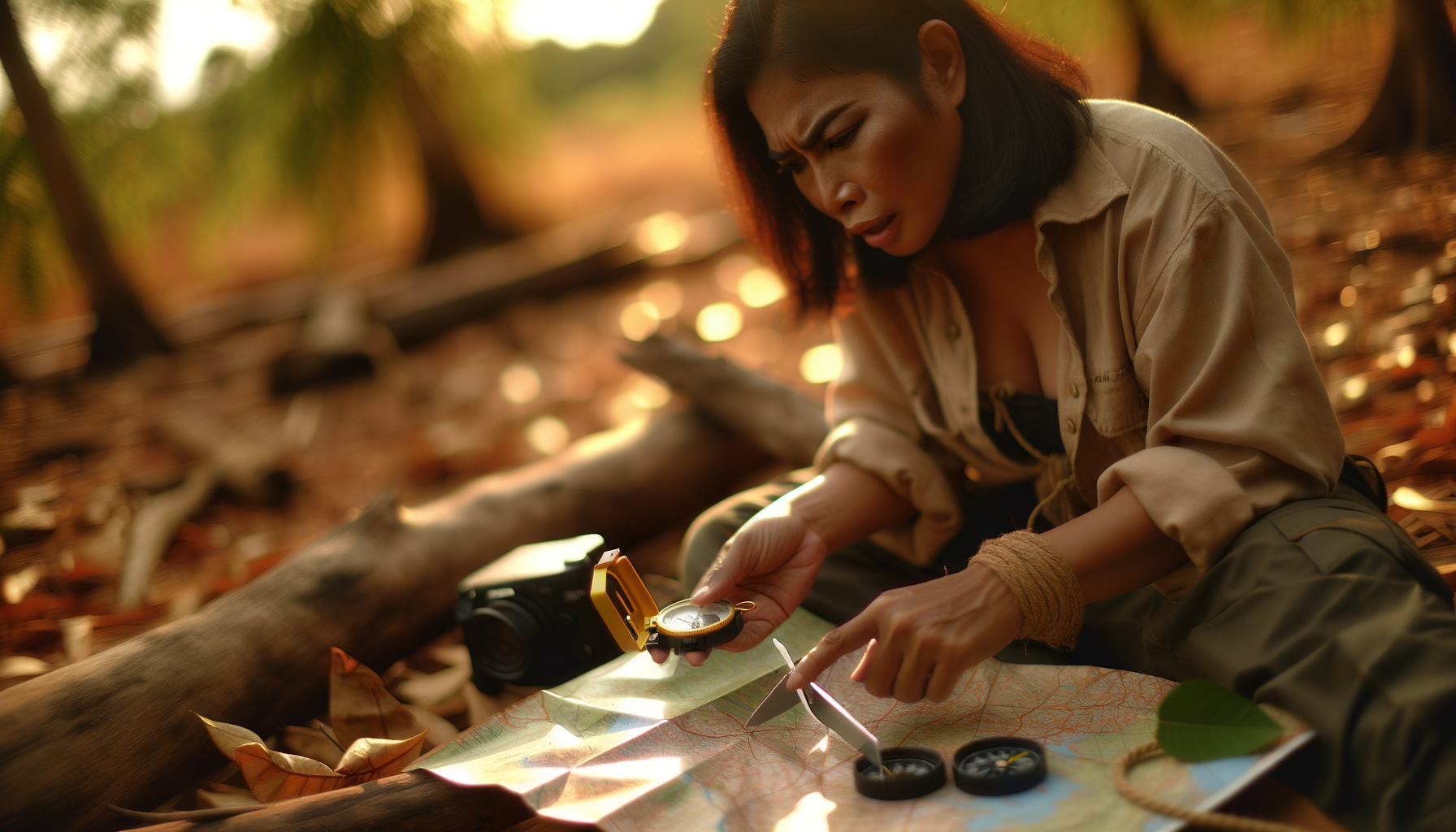Introduction
The best education system in the world provides students great knowledge, fair opportunities, and joy in learning. It stops pressure testing, supports all learners, and boosts creativity and critical thinking. Countries like Finland, South Korea, Japan, Germany, Canada, and the Netherlands usually rank at the top in global ratings.
Top Countries with the Best Education Systems in the World in 2025?

When people ask which country has the best education system in the world, experts often point to Finland. Finland uses fewer tests, trusts teachers, and ensures that all children get equal help. It remains at or near the top in world rankings for over 20years
Other top countries are South Korea, Japan, and Canada. South Korea has scored highest in math and science tests all over the globe. Japan is known for its high literacy and discipline.
Read Also: What exactly is RTE and who has benefits?
10 Best Education in the World to Study Abroad
Here’s a friendly list of the top 10 best education systems in the world, showing what makes each stand out.
1. Finland
- No standard national tests except optional high-school exams
- Teachers hold master’s degrees and training is highly selective
- Students start school at age 7 and enjoy a stress-free learning life
- Sports, crafts, and teamwork matter—learning happens beyond books
2. South Korea
- Students achieve top marks internationally in reading, math, science
- Education is rigorous, with clear goals and strong support systems.
3. Japan
- Near 100% literacy and exceptional student discipline
- Blends character building with STEM learning
4. Canada
- Above 60% of the adult population possesses a college or university degree.
- Education supports diversity and learning remains broadly accessible.
5. Germany
- Offers dual learning: college with real job experience
- Higher education is given at free or low price.
6. Netherlands
- Flexible schooling with English-friendly courses
- Encourages creativity and global thinking
7. Sweden
- Free education and strong gender equality
- Supports student well-being and creative subjects
8. Denmark
- Emphasizes early education, happiness, and welfare
- Connects school subjects with life skills
9. Australia
- Research-based universities and global student appeal
- Strong support for learning in science and innovation
10. Switzerland
- Well-known for vocational apprenticeships and engineering
- Offers practical skills and multilingual instruction
Why These dominates as the Best Education System in the World?
1. Students First
In Finland, schools focus on students’ well-being. Students learn through play, projects, and real-life tasks.
Schools avoid ranking or competition. They encourage cooperation instead
2. Teachers Are Experts
Finland requires teaching candidates to hold master’s degrees. Only top applicants become teachers
Teachers enjoy respect and autonomy. They design lessons, not just follow rules
3. Less Testing, More Learning
Students only take a national exam at the end of high school. Before that, evaluation happens in class
This avoids cramming and helps students learn deeply.
4. Real-Life Skills Matter
Students gain practical skills. In Germany and Switzerland, they also earn money while learning. Meanwhile, Germany and Switzerland offer a unique twist: students earn as they learn.
5. Education for Every Citizen
Finland provides free education, meals, healthcare, and support. In Canada, Sweden, and Denmark, more than 30 percent ask for help .These nations champion inclusive schooling, embracing newcomers and uplifting every social tier.
Which Education System Fits You Best?

The best education system in the world for one person may not suit another. Here’s a clear guide:
For Kids (age 10–18)
Choose Finland, Sweden, or Estonia. These focus on well-being, play-based learning, and high support.
For Academic Growth
If you want world-class universities and research, go to Canada, Japan, or Australia. These countries offer great academic standards and global opportunities.
For Work-Oriented Training
Germany and Switzerland mix vocational training with college. This gives students the chance to learn and earn early.
For Creativity and Global Thinking
The Netherlands and Australia offer flexible courses, often in English, and open-minded classrooms.
For Equal & Inclusive Education
Finland, Denmark, and Canada ensure education is fair and accessible to all groups.
You May Also Like: Namo Lakshmi Yojana: 1250 crore for Girls’ Education in Gujarat
At-a-Glance Comparison Table
|
Country |
What Makes It Best |
|
Finland |
Student-first, free, inclusive |
|
South Korea |
Strong academics, top PISA scores |
|
Japan |
Discipline, literacy, balanced learning |
|
Canada |
Multicultural, high education level |
|
Germany |
Dual training, practical job-readiness |
|
Netherlands |
Creative, flexible, global-friendly |
|
Sweden |
Free, equal, nurturing |
|
Denmark |
Happy learning, life skills, no fees |
|
Australia |
Modern, research-driven, invites global learning |
|
Switzerland |
Vocational strength, multilingual university paths |
Final Thoughts
The great training tool at the international school helps students learn well, enjoy life, and get ready for the future. Countries such as Finland, South Korea, Japan, Canada, Germany, Netherlands, Sweden, Denmark make it take place in unique methods.
To find the best learning tools in the world, look for systems that mix fairness, educational strength, creativity, and fun.
Pick the subjects that matter to you: well-being, test scores, job skills, creative learning, or school reputation. This way, you find the best school that fits your life dreams.













